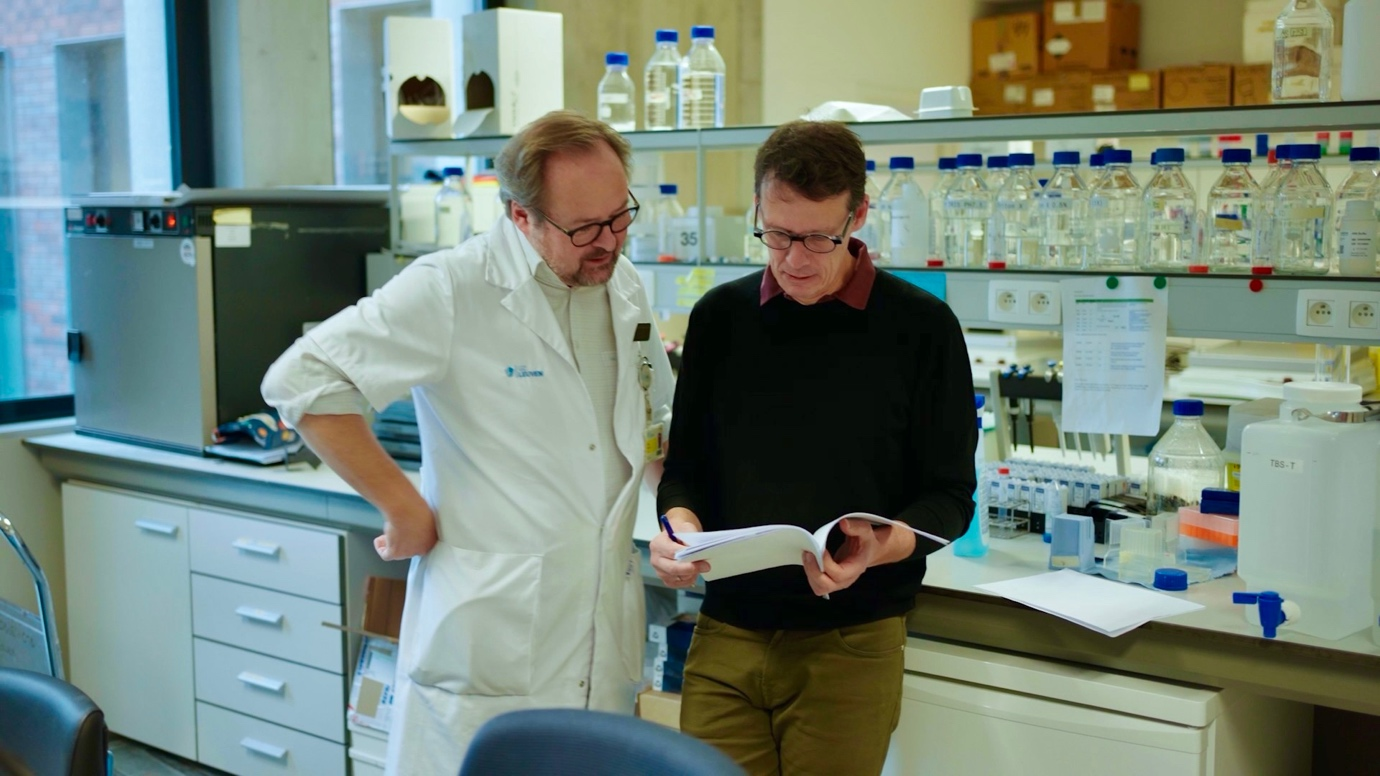We may not always think about our skin as an organ, let alone the largest organ we have. Yet, measuring some 22 square feet and weighing around eight pounds, skin is an incredibly important part of the human body and responsible for critical functions including regulating body temperature, shielding us from dangerous bacteria and producing vitamin D, among others. All three layers of our skin – comprised of the epidermis, dermis and hypodermis – work in harmony to carry out these functions.
However, our skin is also susceptible to the same kinds of risks and deterioration as our internal organs. Cancer is foremost on this list of threats to our skin, ranging from more prevalent types such as basal cell carcinoma and squamous cell carcinoma to very aggressive forms such as melanoma. With over 1.5 million cases of skin cancer diagnosed globally in 2020 alone, the need for greater insights into cancer cell behavior and the patterns of metastasis is growing by the day.
 Professor Chris Marine, Science Director, VIB-KU Leuven Center for Cancer Biology
Professor Chris Marine, Science Director, VIB-KU Leuven Center for Cancer Biology
The latest spatiotemporal omics technology is proving to be a game-changer for researchers. BGI Group’s Stereo-seq technology, which is able to detect over 25,000 genes simultaneously and show the changes in genes with unprecedented precision, is a leader in the field as researchers like Professor Chris Marine, Science Director, VIB-KU Leuven Center for Cancer Biology, Belgium, have discovered.
Diagnosing the problem
Despite their prevalence, skin cancers are comparatively less well known in terms of their phases of development, or pathogenesis. With melanoma in particular, there are significant gaps in our knowledge about how the disease onsets and why it spreads the way it does.
According to Prof. Marine, this is because melanoma “is a very heterogeneous disease, composed of many different types of cells, and we still don’t really understand what these cells do in the tumors and how they contribute to the spreading of the disease.”
Historically, this challenge was compounded by a lack of technology capable of providing visibility into the identity and behavior of cancer cells and how they interact with one another. Without this fundamental insight into the way cells communicate and interact, it has been difficult to answer the “why” questions around tumor growth on the one hand, and the drivers of metastasis on the other.
Because of the uncertainty in these areas, developing effective treatments has been hindered – a major issue given that skin cancers are the most common groups of cancers diagnosed worldwide, and melanoma being a particular burden of melanoma with estimates that this will increase annually from 325,000 new cases and 57,000 deaths in 2020 to 510,000 new cases and 96,000 deaths by 2040 if current rates remain stable.
Enabling a solution
Given this backdrop, cancer researchers have been working on technology that would “shine a light” on the inner dynamics of cancer cells and the tumors in which they live. The latest genomics technology is helping them understand the disease better, allowing scientists to more effectively monitor the interactions of different cell groups and understand the development of heterogeneous diseases such as melanoma.
Stereo sequencing is helping scientists gain this precise insight. Prof. Marine has been working with BGI Group’s Stereo-seq spatiotemporal multi-omics technology. As he explains, “By using the BGI technology, we’ve been able to identify and map important subpopulations of melanoma cells in the tissue.” Knowing the diversity of subpopulations of melanoma cells in the tissue cells and their proximity to each other is proving crucial for developing effective interventions. “By eradicating these populations, we might be able to decrease tumor burden and growth as well as block the spread and dangerous phases of the disease,” he adds.
The key capability is being able to track how individual cells communicate with each other, for it is in these interactions that the medical community can understand how and why tumors grow and develop.
Just the beginning
 Professor Oliver Bechter, Medical Oncologist and Professor, KU Leuven, UZ Leuven (left) with Professor Chris Marine.
Professor Oliver Bechter, Medical Oncologist and Professor, KU Leuven, UZ Leuven (left) with Professor Chris Marine.
Oncology expert, Professor Oliver Bechter, Medical Oncologist and Professor, KU Leuven, UZ Leuven, Belgium, summarizes how stereo sequencing is an important technological innovation, helping to build the bridge between research and treatment: “What we have learned in the past years is that the complexity of the tumor is so big that you need to focus down to cell-cell interactions, and you need to understand which cells communicate with each other. And only if you decipher these communication pathways, will you be able to intervene with a treatment strategy.”
The research that Marine and Bechter are undertaking with the aid of BGI Group’s Stereo- seq technology is opening up a new horizon of possibility in treating aggressive skin cancers such as melanoma. Glimpsing the interactions between cancer cells is nothing short of a game changer for this field of research and BGI Group is committed to furthering innovation in this important area.
As Prof. Marine explains: “We’ve learned a great deal already, but this is just the beginning.”
Watch the video:



